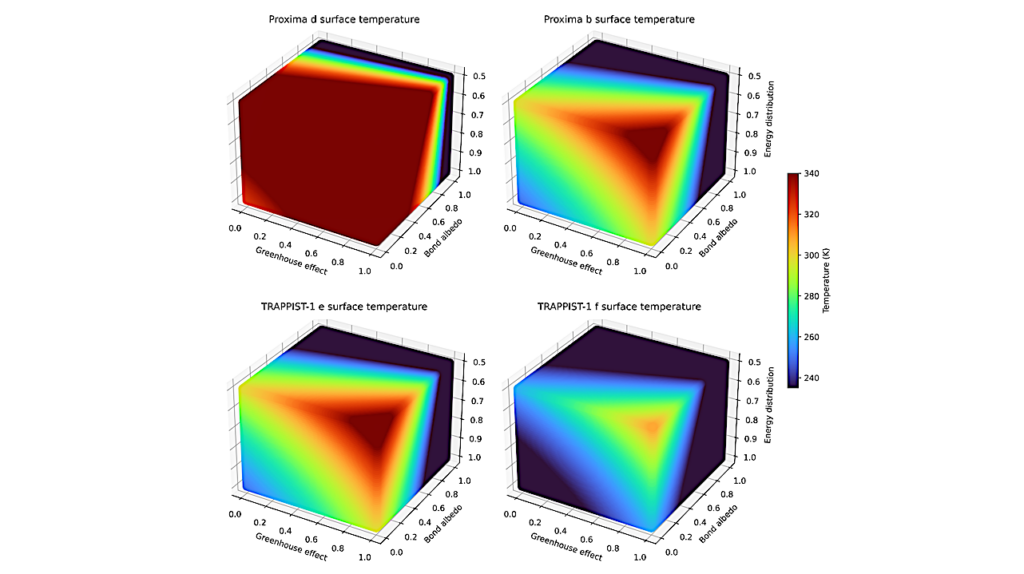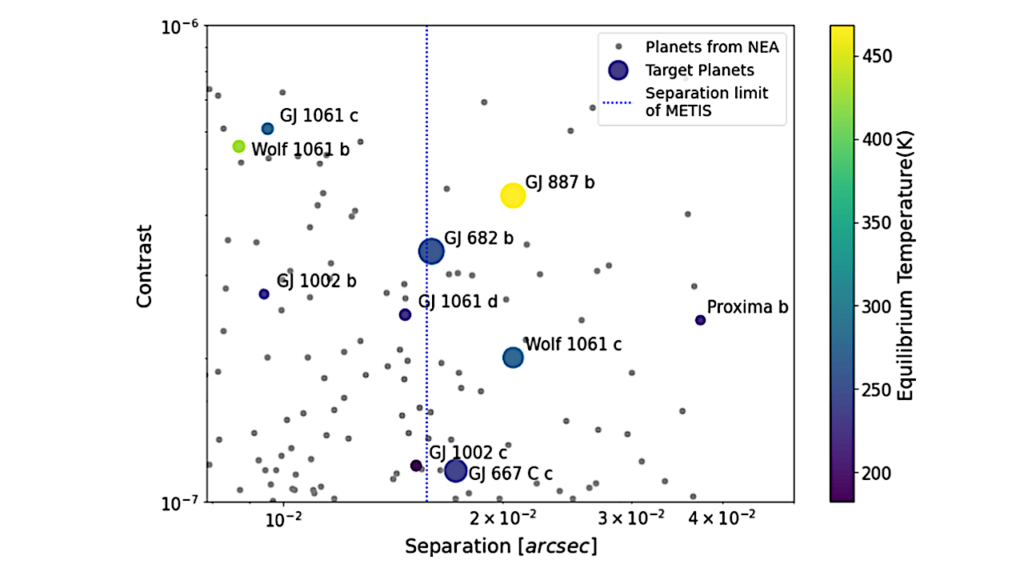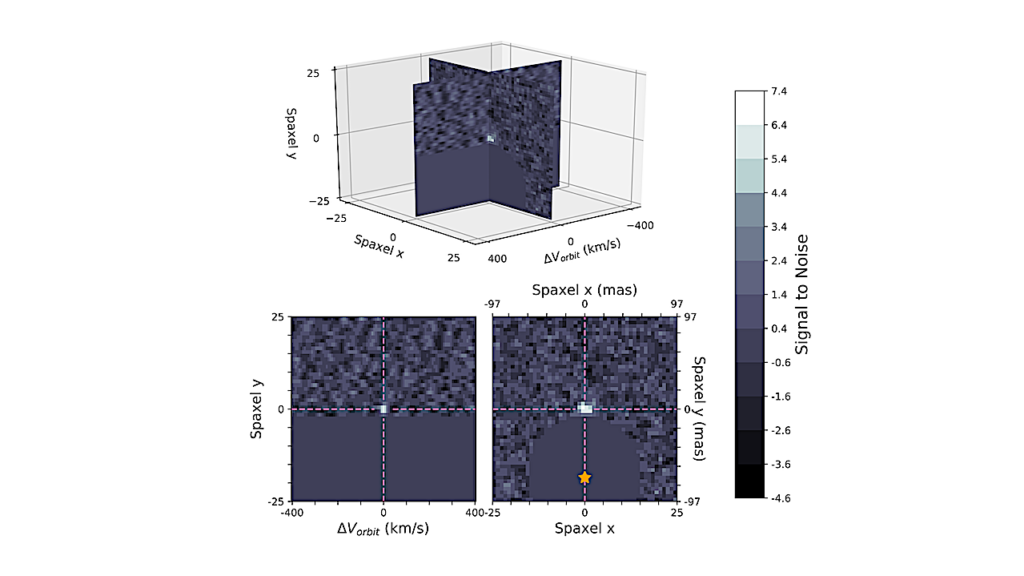Temporal Changes Of The Flare Activity Of Proxima Cen

We study temporal variations of the emission lines of Halpha, Hepsilon, H and K Ca II, D1 and D2 Na I, 4026 and 5876 A He I in the HARPS spectra of Proxima Centauri across an extended time of 13.2 years, from May 27, 2004, to September 30, 2017.
Aims. We analyse the common behaviour and differences in the intensities and profiles of different emission lines in flare and quiet modes of Proxima activity.
Methods. We compare the pseudo-equivalent widths (pEW) and profiles of the emission lines in the HARPS high-resolution (R ~ 115,000) spectra observed at the same epochs.
Results. All emission lines show variability with a timescale of at least 10 min. The strength of all lines except He I 4026 A correlate with \Halpha. During strong flares the `red asymmetry’ appears in the Halpha emission line indicating the infall of hot condensed matter into the chromosphere with velocities greater than 100 km/s disturbing chromospheric layers. As a result, the strength of the Ca II lines anti-correlates with Halpha during strong flares. The He I lines at 4026 and 5876 A appear in the strong flares. The cores of D1 and D2 Na I lines are also seen in emission. During the minimum activity of Proxima Centauri, Ca II lines and Hepsilon almost disappear while the blue part of the Na I emission lines is affected by the absorption in the extending and condensing flows.
Conclusions. We see different behaviour of emission lines formed in the flare regions and chromosphere. Chromosphere layers of Proxima Cen are likely heated by the flare events; these layers are cooled in the `non-flare’ mode. The self-absorption structures in cores of our emission lines vary with time due to the presence of a complicated system of inward and outward matter flows in the absorbing layers.
Ya. V. Pavlenko (MAO NASU, IAC, CAR UH), A. Suarez Mascareno (OA UG), M. R. Zapatero Osorio (CSIC-INTA), R. Rebolo (IAC, CSIC, UL), N. Lodieu (IAC, UL), V. J. S. Bejar (IAC, UL), J. I. Gonzalez Hernandez (IAC, UL), M. Mohorian (KNU)
(Submitted on 17 May 2019)
Comments: 22 pages, 12 Figures, accepted by AA
Subjects: Solar and Stellar Astrophysics (astro-ph.SR)
Cite as: arXiv:1905.07347 [astro-ph.SR] (or arXiv:1905.07347v1 [astro-ph.SR] for this version)
Submission history
From: Yakiv Pavlenko V.
[v1] Fri, 17 May 2019 16:05:02 UTC (636 KB)
https://arxiv.org/abs/1905.07347
Astrobiology








